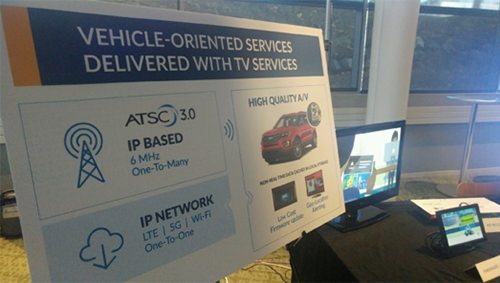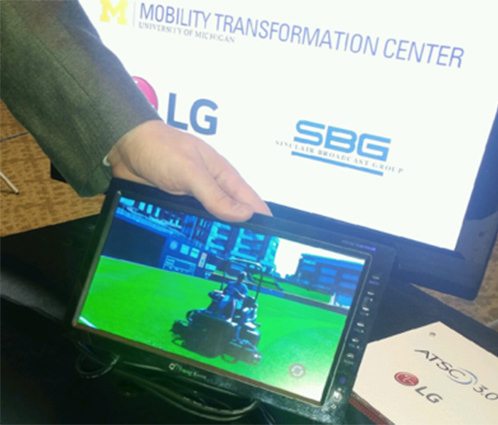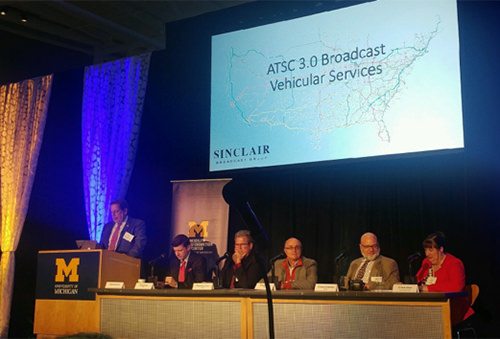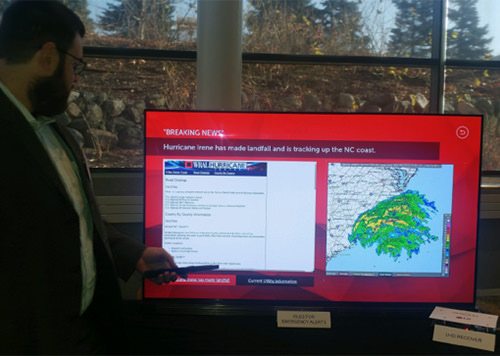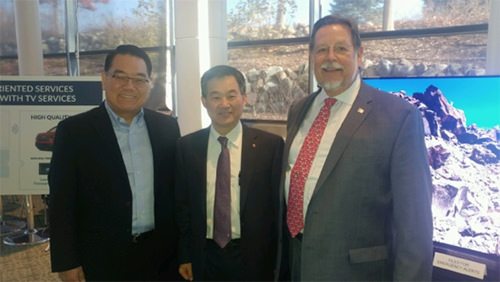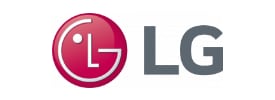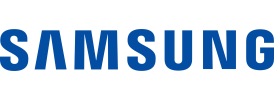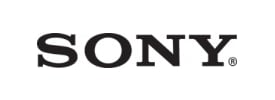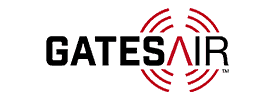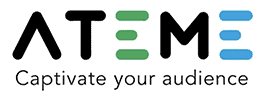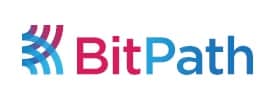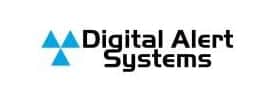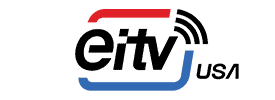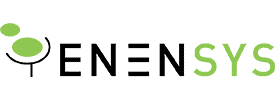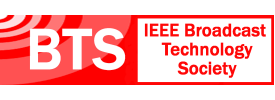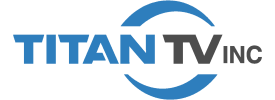- About
- Members
- Sponsors
- Subcommittees
- Technical Documents
- News
- Events
- Spotlight ATSC 3.0
- Contact Us
- Member Login
- Member Meetings
- Advanced Search
Search Site
Member Links
- About
- Members
- Sponsors
- Subcommittees
- Technical Documents
- News
- Events
- Spotlight ATSC 3.0
- Contact Us
- Member Login
- Member Meetings
- Advanced Search
ATSC 3.0 Broadcasts to Deliver Data to Connected and Autonomous Vehicles
Posted on December 1, 2016 in ATSC News
First Demonstrations of Automotive Applications Highlight Business-to-Business Capabilities of Next-Gen Broadcasting
The first public demonstration of important new business-to-business applications of ATSC 3.0 exemplifies how the Internet Protocol (IP) based broadcast standard will enable data services for the connected and autonomous vehicles of tomorrow.
“Robust over-the-air transmission of massive quantities of bits to vehicles opens new opportunities for automakers and drivers as well as broadcasters and manufacturers,” said ATSC President Mark Richer. These new B2B applications complement ATSC 3.0’s proven capabilities for delivery of 4K Ultra HD, immersive audio and interactive services.
Landmark Demonstration
Sinclair Broadcast Group transmitted telematics firmware updates and advanced emergency alerting data from Detroit Channel 56 (on loan from Dish Network) to Ann Arbor, Mich., for the landmark demonstration during an automotive technology conference.
The signals, which included 4K Ultra HD and 2K HD programming in the same 6-MHz channel, were received in Ann Arbor using a simple antenna and shown on displays with receivers and chips based on the approved A/322 and A/321 ATSC 3.0 Physical Layer standards.
The small- and large-screen displays and receivers were provided by LG Electronics. DS Broadcast provided the HEVC and DASH encoders, and DigiCap provided the signaling server and multiplexer.
Telematics, Infotainment and More
Unlike cellular-based technologies, broadcasting’s one-to-many architecture is highly scalable, serving millions of devices simultaneously without straining the network. Richer said that means broadcasters can send 4K content to Ultra HD TVs in consumer homes and, at the same time, deliver data to cars “for everything from telematics and infotainment to diagnostics and emergency alerting.”
For example, ATSC 3.0 signals will be able to deliver software updates for electronic control systems and firmware downloads for navigation devices. Geo-located applications will include real-time weather services and traffic reports, targeted emergency alerts, and targeted ads. ATSC 3.0 will help transform infotainment with robust technology to deliver digital audio and video services. With “hotspot” integration in vehicles, live local TV also can be delivered to Wi-Fi-enabled handheld devices for backseat entertainment.
“Think of vehicles as large mobile devices with multiple imbedded computer-based systems, requiring wireless, high-data-rate connectivity. And with autonomous vehicles, data needs will only increase,” said Mark Aitken, Sinclair’s Vice President, Advanced Technology. “The new broadcast standard was designed with 5G convergence in mind,” said Aitken, who spoke on a panel at the conference, highlighting the benefits of ATSC 3.0’s fat IP data pipe and robust transmission capabilities for the automotive industry.
The demonstration was conducted during a conference hosted in mid-November by the University of Michigan Mobility Transformation Center. MTC is a public-private partnership dedicated to advancing the development of connected and automated vehicles to improve safety, conserve energy and increase accessibility to transportation. LG, a member of MTC’s Leadership Circle of industry partners, partnered with Sinclair for the event. www.mtc.umich.edu
Posted in ATSC News
News Categories
News Archives
Subscribe
Subscribe to The Standard, our monthly newsletter. Learn More
Join ATSC
ATSC is a membership organization with both voting and observer categories. Voting members include corporations, nonprofit organizations, and government entities, and they participate actively in the work of ATSC. Observers are individuals or entities not eligible to be a voting member.
Subscribe to our Newsletter
Subscribe to The Standard, our monthly newsletter, to stay up-to-date with ATSC news and events around the world.
Site Links
Contact Us
Advanced Television Systems Committee, Inc.
1300 I Street NW, Suite 400E
Washington, DC 20005
Do you have questions about ATSC?
About ATSC
The Advanced Television Systems Committee, Inc., is an international, non-profit organization developing voluntary standards and recommended practices for digital terrestrial broadcasting. ATSC member organizations represent the broadcast, broadcast equipment, motion picture, consumer electronics, computer, cable, satellite, and semiconductor industries. ATSC also develops digital terrestrial broadcasting implementation strategies and supports educational activities on ATSC standards.
© 2025 ATSC

